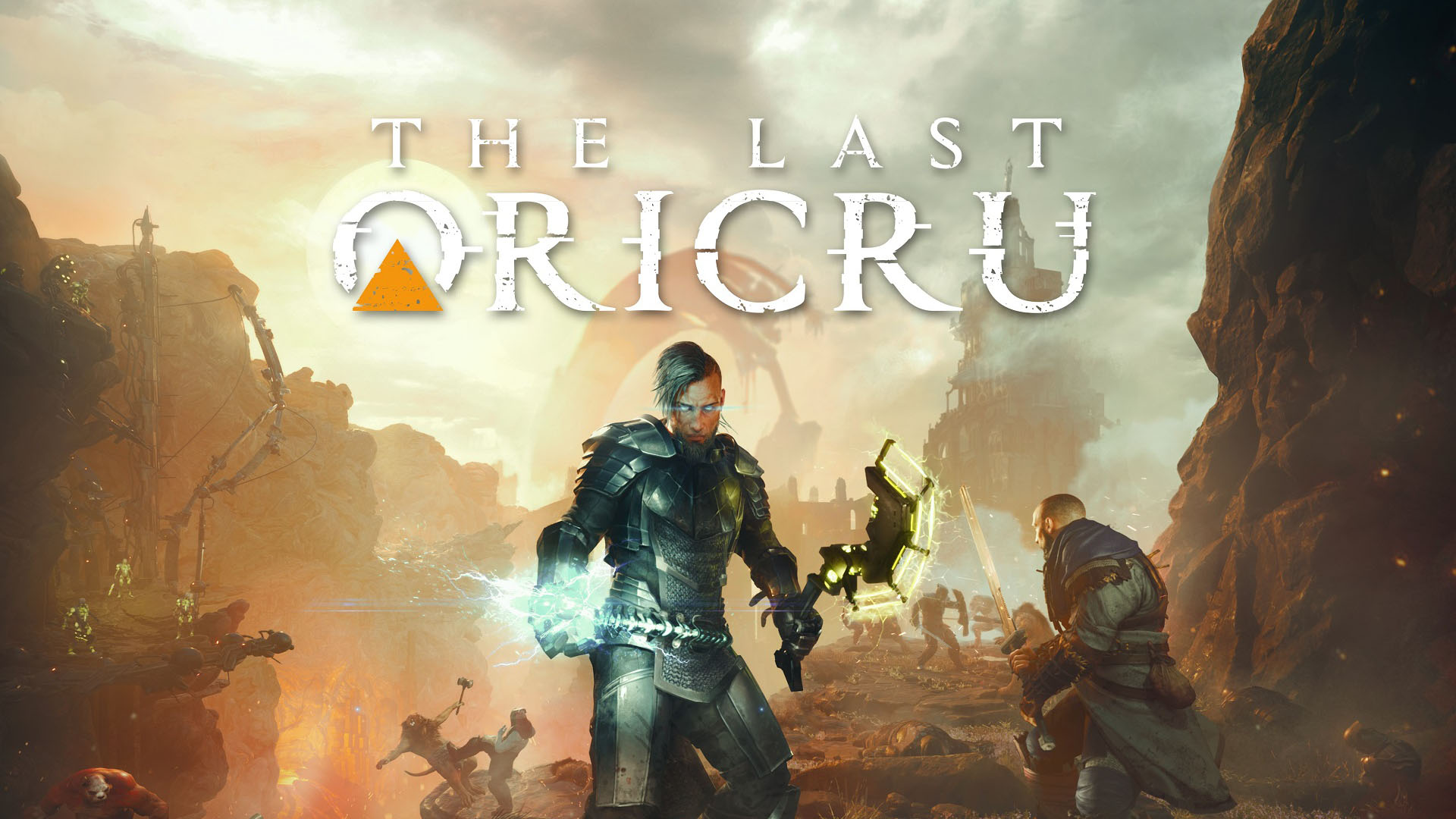
When it comes to Souls-like games, often the story is only a small aspect of the overall game. Most of the time, players must find the lore online or through connected videos to get a deeper understanding of the world’s narrative. Earlier this year, FromSoftware redefined the Soulslike genre with Elden Ring.
Rather than having to dig for lore, the game presented most of it directly to the player. Now, GoldKnights aims to take things drastically further with a story-driven RPG with Soulslike elements in The Last Oricru. This month, the game officially launches so it is now time to share with you our The Last Oricru review- a tentative work in progress.
The Last Oricru
Developer: GoldKnights
Publisher: Prime Matter
Platforms: PlayStation 5, Xbox Series X, and Steam
Release Date: October 13, 2022
Players: 1 to 2
Price: $39.99 USD
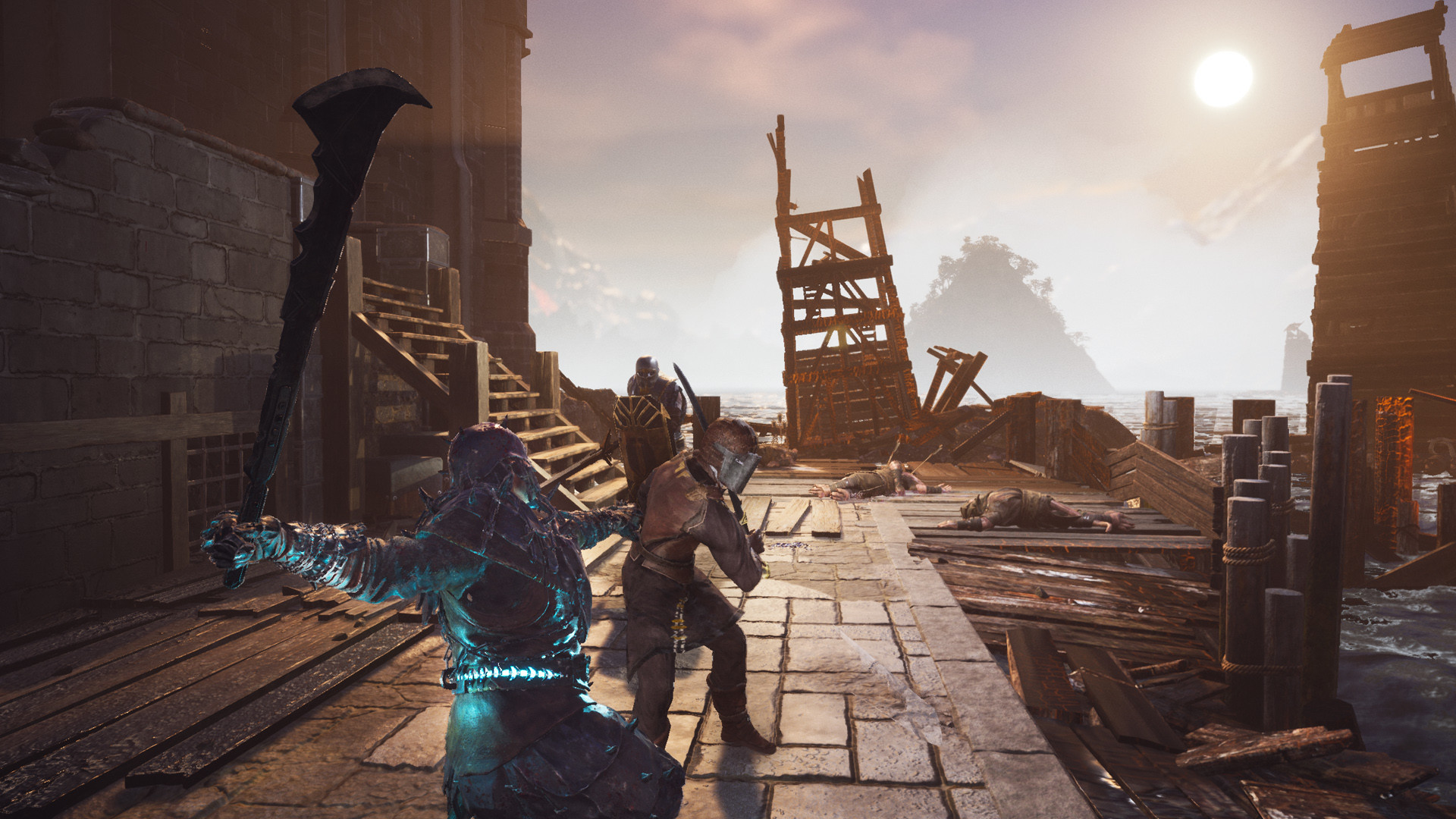
The Last Oricru Review – Story (Naboru Side)
The Last Oricru is the story of Silver, a warrior who can be reborn. No matter how many times an Oricru dies, they are able to be reborn. From the beginning of the game, the player’s decisions play a significant role. Each choice made can be life or death for the citizens of Wardenia. This becomes evident in the first chapter when a surprise visit from the queen results in potentially one or more deaths.
After the queen visits, the player must decide which side of the war they want to support, the Naboru or the Ratkin; a third faction comes into play later on depending on the player’s choices. At various points in the game, the player can choose which side they want to assist but certain paths become locked after certain circumstances unfold.
On top of the warring factions, the player will have to deal with The Broken Army. At a certain point in the game, the player learns of their origin and their lost ship. This adds an additional layer to the already deep story by forcing the player to make tough choices regarding their player’s past and the survival of the planet’s inhabitants.
For our first playthrough, we decided to side with the Naboru and the Queen. This led us down a dark path betraying Petra and slaying some of the Ratkin leaders. On multiple occasions, we were given the chance to betray the Naboru but decided to stay the course. This can lead to a rather “satisfying” experience. Even on single-sided missions, the player can choose who they want to side with within each race’s faction.
Overall the Naboru Side’s story has been quite satisfying during our The Last Oricru review playthrough. We will be attempting a Ratkin-focused or Broken Army playthrough within the coming days. We will let you know if we feel that the alternate side of the story enriches the experience more or leaves it feeling the same.
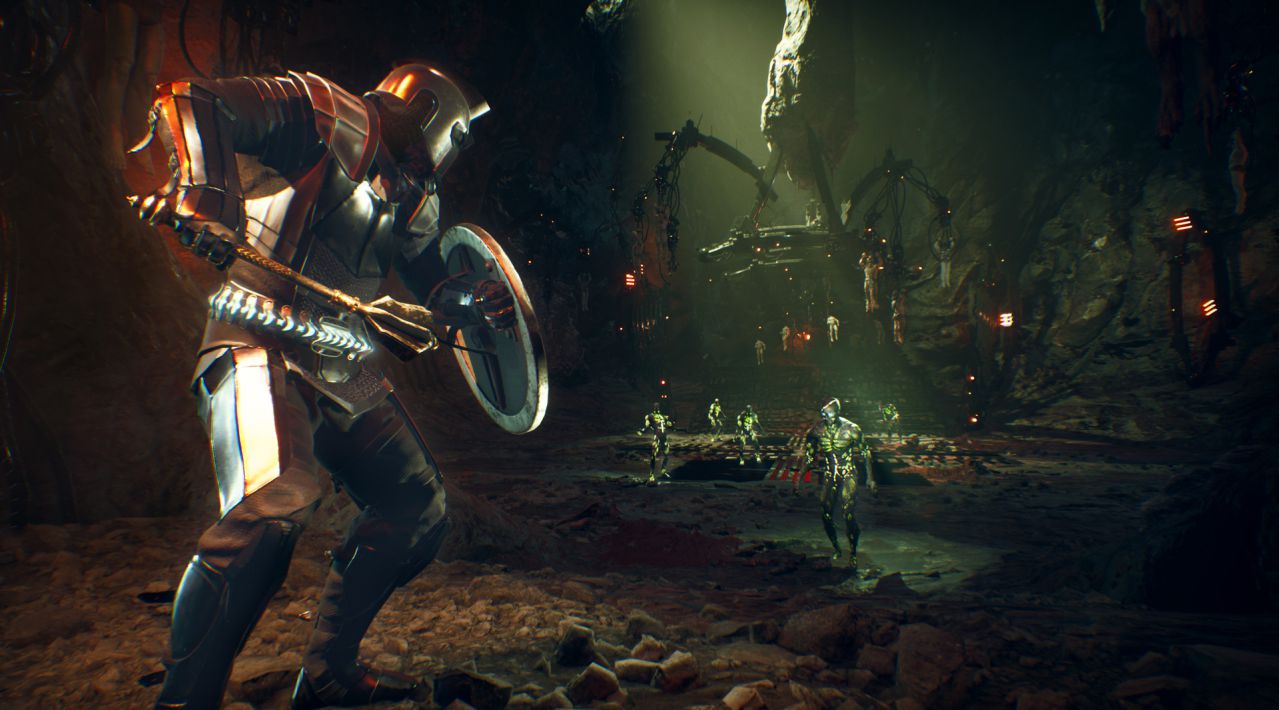
Gameplay
For those familiar with Souls-like games, The Last Oricru‘s combat feels similar while taking a slightly different approach. Magic is still a part of the game, but feels more cooperatively focused than for single-player gameplay. After completing the first chapter and unlocking a terminal, the player is able to invite another player to play with them; players can choose to play online or locally through split-screen.
Each terminal features a captain’s log expanding on the Oricru’s background and how the terminal was set up. Additionally, players can level up, upgrade gear, and even print gold; gold can be created by trading various amounts of Essence (Souls). Upon dying, the player will respawn at the terminal.
Throughout our Naboru playthrough, we chose to focus on a spin-to-win playstyle but our partner found that using a flaming sword was equally as fun. During the playthrough, we noticed only a few bugs but none that were game-breaking only slight annoyances. As we got closer to the game’s launch, some of the bugs we noticed early on started to disappear. Even with small setbacks, Goldknights has been on top of fixing issues as they have emerged in The Last Oricru.
Items in the game are a bit expensive unless you use essence to create gold; in fact, the gold you find throughout the levels feels like a coin you find on the side of the road rather than loot.
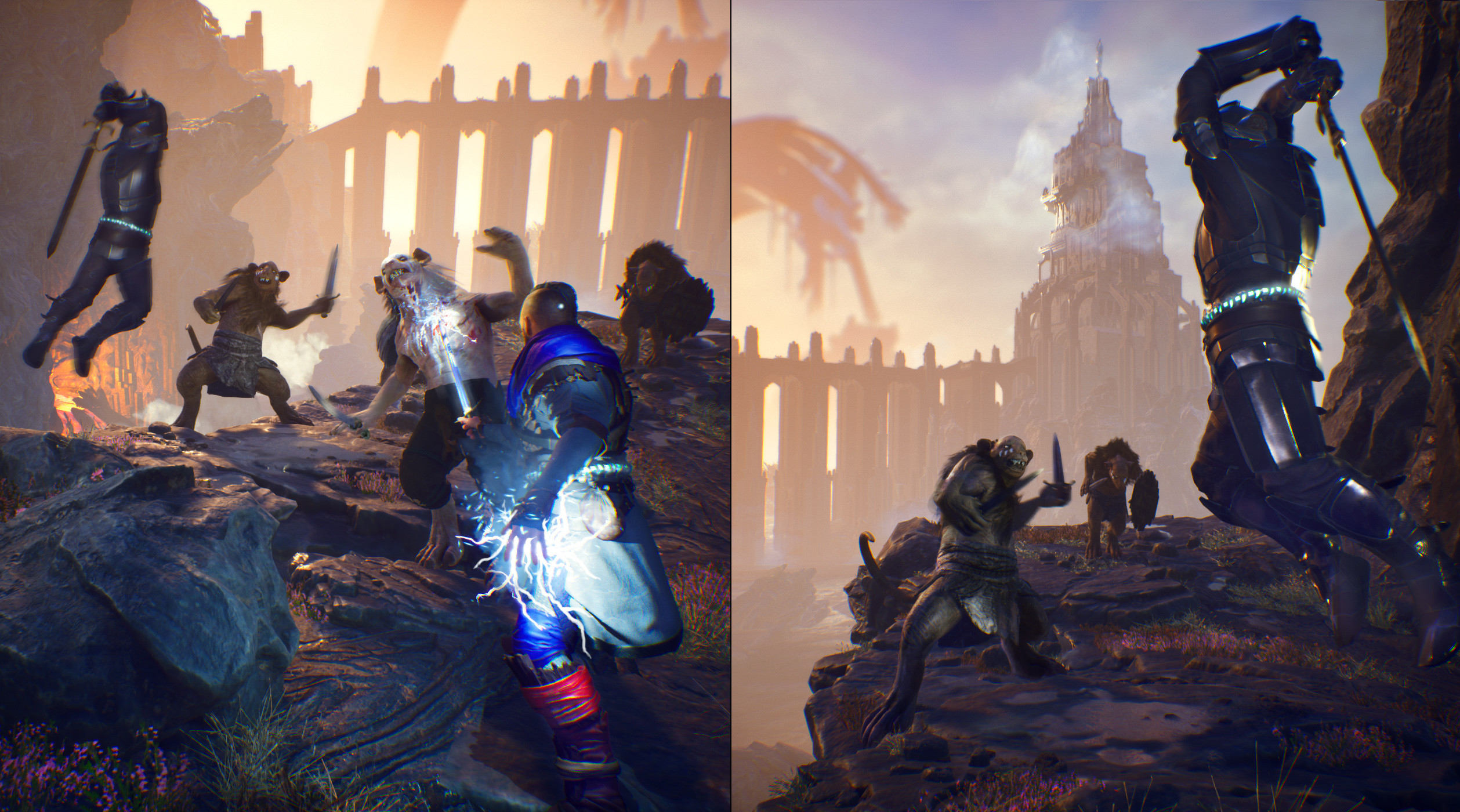
Co-op Gameplay
When playing co-op, players are given time to revive their partner or the player can choose to respawn with lower health. In most occasions, it is better for players to revive one another if given the chance. Players receive the same XP and share inventory items. The Last Oricru features two gameplay difficulties, Story and Dark. Dark gives players more of a challenge in combat while Story focuses more on the game’s narrative.
When we first started playing the game, the difference in difficulties was minor, however, close to launch it became more noticeable. Online co-op partners can designate what difficulty they want to play the game on separate from their partner.
When the Co-Op partner loads into the world, their level is set to the host’s level and points must be reassigned. This allows players to play in a variety of ways while visiting other worlds.
When in boss fights, we noticed that the boss would focus more on the host rather than the guest player. This allows the guest to attack with ease but makes the fight more stressful for the host.
Thankfully, the co-op partner can venture off by themselves without needing the host; now there are limitations to how far they can go but there is no issue unless changing areas. At the moment, a player who joins another’s world does not carry over save progression.
For our playthrough, we only got to play through a small portion of the campaign cooperatively through split-screen. Hopefully, in the near future, we will be able to test the full extent of co-op gameplay to see how it differs from the base game.

Controls & Game Settings
As previously mentioned, the game features two difficulties; these two difficulties feel drastically different now that the game has been released. The Last Oricru could benefit from a third option where a casual playthrough with a slight challenge. This ironically goes against how games media normally complains about Souls games’ difficulty. On story mode difficulty, enemies will sometimes stand around detracting from the overall experience; on dark mode, it is very easy to get smacked down since the damage taken reduces the player’s stamina.
The game features almost no accessibility options; it does offer changes to camera centering & sensitivity, subtitles, volume control, and gamma adjustment. As for controls, The Last Oricru‘s controls are similar to most recent From Software titles. The game does feature two run options between the left stick and the X button (square on PS4). In fact, if you’ve played Elden Ring, then you’ve got the controls down without much practice.
When it comes to Silver, players are stuck with one voice for the character; thankfully the voice is not annoying or obnoxious, just feels like a forced choice in a game where choices matter. The player can choose between two hairstyles for Silver but both lack personality.
In fact, character design takes a backseat focus to other RPG elements and Soulsbourne combat. But which would you rather have character customization or a variety of narrative paths? Personally, we were able to get past any objections and focus on the game’s narrative rather than the Silver’s physical traits.
The game’s boss fight soundtrack does not live up to the intensity of each battle. On a few occasions, we were actually thrown off by the music not living up to the fights intensity.
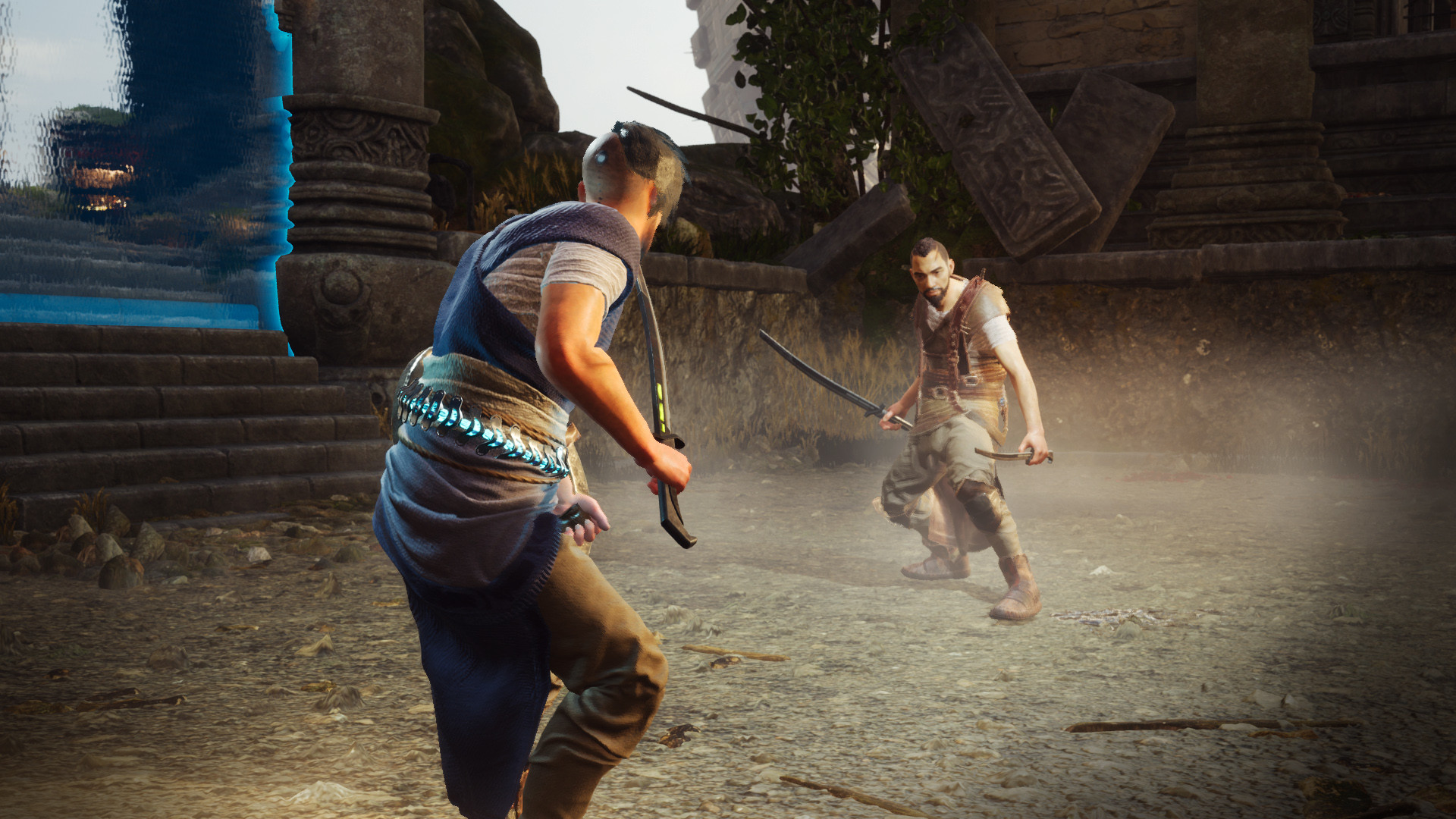
The (Tentative?) Verdict
Overall, whether playing solo or co-op, the combat in the game was easy to understand and allows players to form their own strategies in order to overcome any combat situation. The game gives the player a variety of choices with narrative options and branch decisions that make each playthrough different. Thankfully, the game’s controls are the industry norm meaning fans of Souls-like games can jump in with ease. The game could use a few more accessibility options such as a color-blind mode and audio splitting.
The Last Oricru offers a wide range of replay value since the game does not let the player save the game manually, outside of exiting the game, making each of their choices more important. This decision was to make the player live in the moment rather than being able to change their mind after not liking the outcome. Sadly, at this time the game does not feature a new game-plus menu; so try to not get attached to any specific character build.
The overall gameplay has been a fun experience; in fact, we did not realize that we were eight hours in until an alarm went off; it is rather easy to find yourself emersed in this game. Due to a lack of a map, it is easy to find oneself getting lost and having to explore the area; however, this allows the player to take in the beautiful level design and find new shortcuts to get back to the boss quickly.
Once we have experienced the Ratkins perspective, we may update our final verdict but so far we have loved our time with The Last Oricru. If you are a fan of RPGs and Soulsbourne games, you should have a good time.
The Last Oricru was reviewed on Xbox Series X|S using a copy provided by Prime Matter. You can find additional information about Niche Gamer’s review/ethics policy here. The Last Oricru is now available for Windows PC (via Steam), Xbox Series X|S, and PlayStation 5.